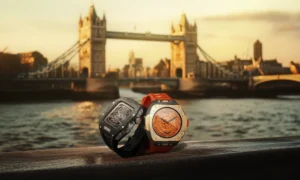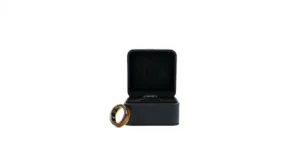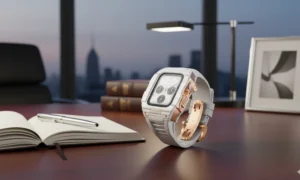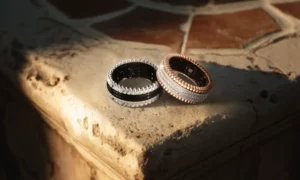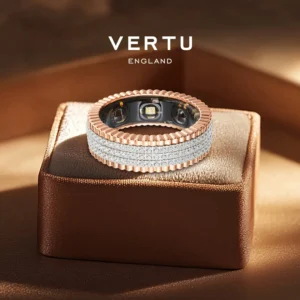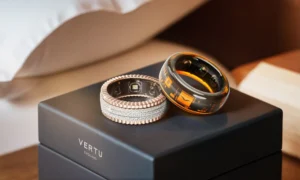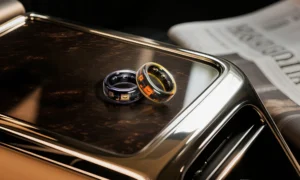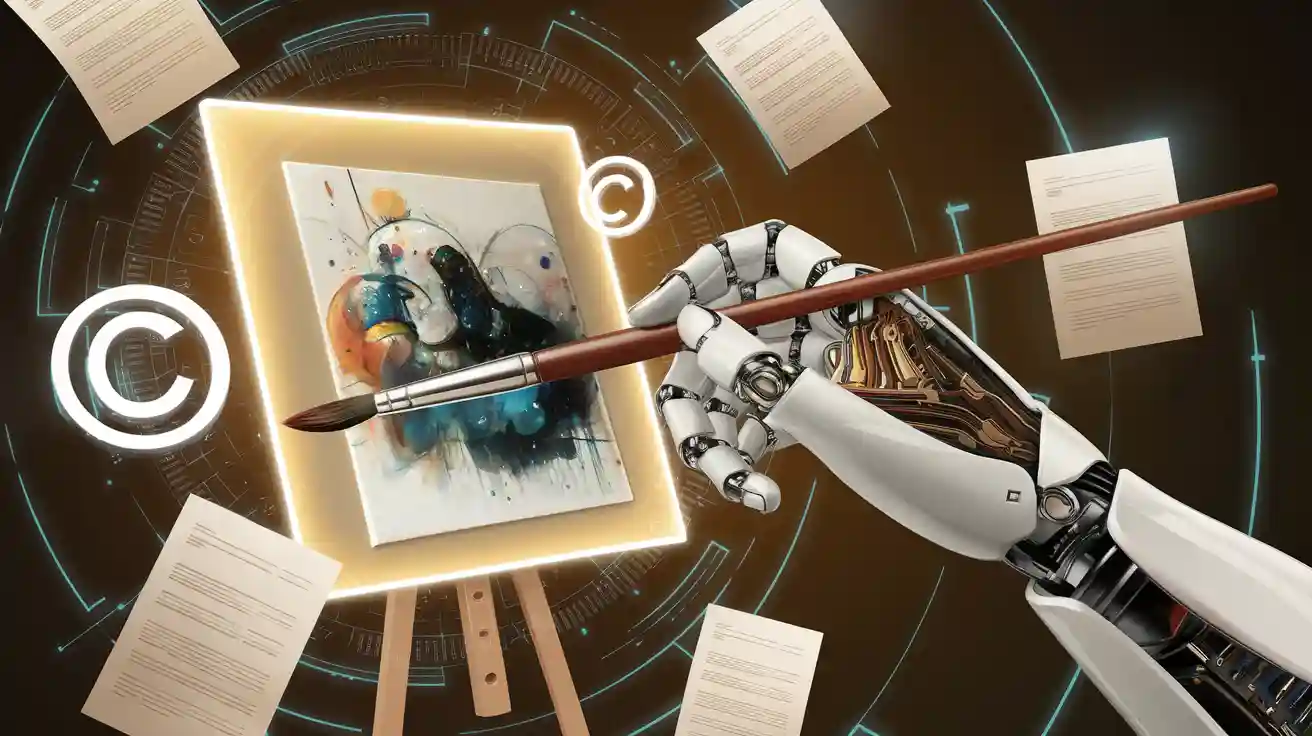
Can AI-generated art be copyrighted? Current legal guidelines suggest that copyright laws apply to works created by humans, leaving AI-generated art in a legal gray area. This question matters because AI tools are transforming the creative industry:
-
45% of people cannot distinguish AI art from human-made pieces.
-
By 2025, AI art may represent 5% of the contemporary art market.
-
70% of adults believe artists deserve compensation when AI uses their work.
For artists and businesses, navigating copyright implications is essential to protect intellectual property and foster innovation.
Key Takeaways
-
AI-made art is in a tricky spot for copyright rules. Only art with a lot of human effort can be protected.
-
To get copyright for AI art, add big creative ideas. Keep records to show your work is original.
-
Learn about copyright rules and fair practices. Knowing this helps keep your rights safe and encourages smart AI use.
Copyright Law and AI-Generated Art
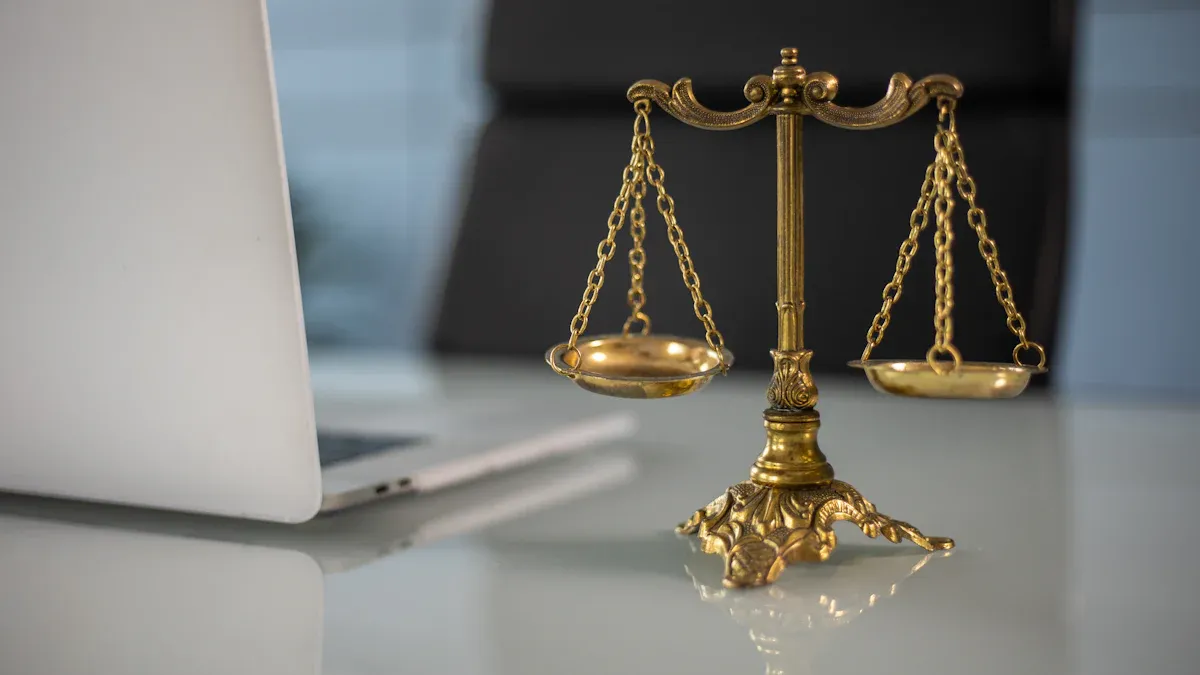
Originality and creativity in AI art
Originality is a cornerstone of copyright laws, but AI-generated art challenges this concept. AI tools rely on training data, often sourced from existing works, to create new outputs. This raises questions about whether these outputs can truly be considered original. A study highlights that AI tools often generate similar ideas, which may limit the uniqueness of creative works. Over-reliance on AI could also stifle human creativity, making it harder for artists to stand out.
|
Findings |
Description |
|---|---|
|
Equalization of evaluations |
AI tools level the playing field, removing innate creativity advantages. |
|
No evidence of surpassing humans |
|
|
Support for AI in creative spaces |
Many favor AI use if ownership and credit guidelines are clear. |
While AI art offers exciting possibilities, you must balance its use with maintaining human creativity. This ensures that originality remains a key aspect of artistic expression.
Human authorship and copyright eligibility
Human authorship is central to copyright protection. The U.S. Copyright Office's 2025 Report emphasizes that copyright laws protect only works created by humans. It categorically rejects copyright claims for works generated solely by AI.
The 2025 Report examines hybrid authorship scenarios, stating that for a work to qualify for protection, creative human involvement must be substantial, demonstrable, and independently copyrightable. The mere use of AI does not preclude copyright eligibility, but the human contribution must extend beyond basic prompts or trivial modifications.
Legal rulings reinforce this stance. For example, the U.S. Court of Appeals clarified that works created solely by AI lack eligibility for copyright protection. This means that if you use AI tools, your input must go beyond simple commands to claim authorship. Creative involvement is key to securing copyright protection for AI-generated content.
Public domain status of AI-generated content
AI-generated content often falls into a legal gray area, especially regarding its public domain status. Current copyright laws do not recognize AI as an author, leaving many AI-generated works unprotected. This creates challenges for intellectual property rights and raises ethical concerns.
-
Existing legislation has gaps that affect the public domain status of AI-generated content.
-
Ethical concerns arise when AI-generated works use copyrighted materials without proper attribution.
-
Re-evaluating copyright frameworks is essential to address these issues.
As an artist or business, you must navigate these complexities carefully. Understanding the copyright implications of AI-generated art helps you avoid copyright infringement and ensures your work remains protected.
Legal and Ethical Implications of AI Art
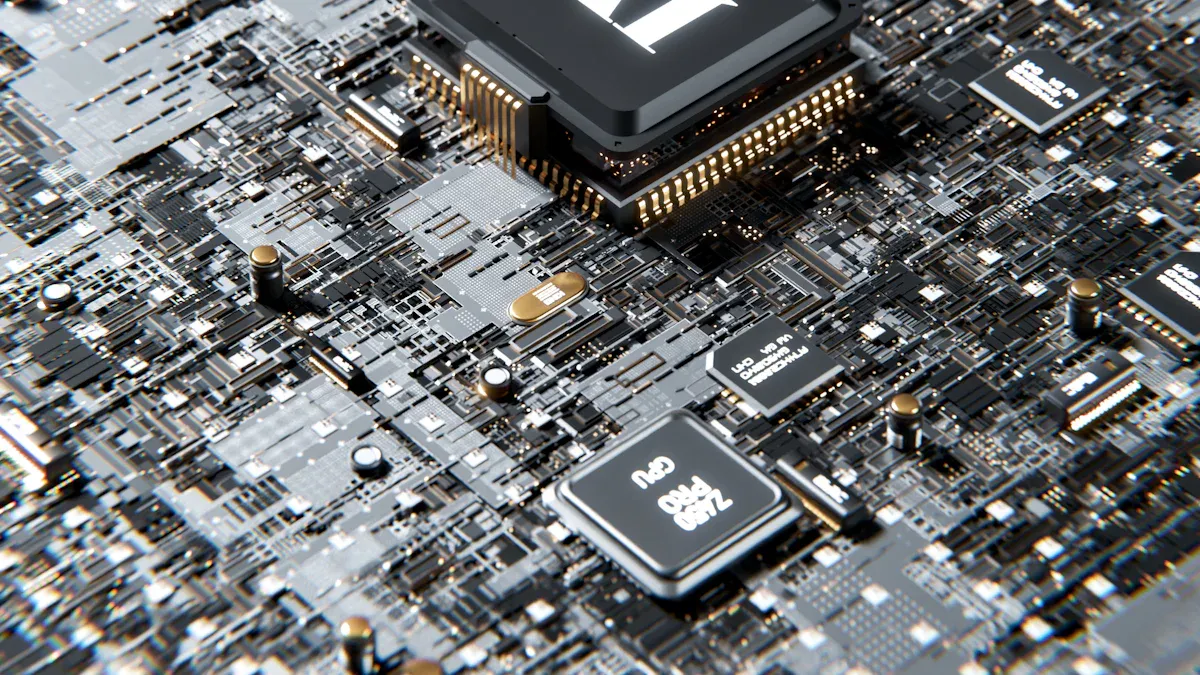
Recent legal rulings on AI-generated art
Recent court decisions have clarified the copyright implications of ai-generated art. In March 2025, the D.C. Circuit ruled that artworks created solely by AI lack eligibility for copyright protection. The court emphasized that copyright laws require human authorship, defining an “author” explicitly as a human being. This ruling places ai-generated creations in a legal gray area, highlighting the need for legislative reform to address the complexities introduced by AI technologies.
Other cases have further illustrated these challenges. Stability AI faced a lawsuit for allegedly using copyrighted photographs from Getty Images to train its model. The resulting ai-generated content closely resembled the originals, raising concerns about copyright infringement. Similarly, a New York gallery exhibited AI-generated artworks mimicking the styles of deceased artists. The court ruled in favor of the artists' estates, affirming that unique styles are copyrightable and that AI's unauthorized replication constituted infringement.
These rulings underscore the importance of understanding copyright laws when using AI tools. You must ensure that your use of AI aligns with the fair use doctrine and avoids copyright infringement.
Philosophical debates on AI authorship
The rise of ai-generated art has sparked philosophical discussions about authorship and creativity. Scholars argue that hidden AI contributions can mislead consumers and undermine the perceived value of artistic works. Transparency in AI authorship is essential to maintain integrity in creative fields. When AI's role in creation is concealed, it raises ethical concerns and diminishes trust in the art world.
Essays in the HSNS journal explore the historical context of authorship and the evolving relationship between technology and creativity. They discuss the concept of “intelligence” and the ambivalence surrounding AI authorship. These debates highlight the need for clear guidelines to distinguish human-created works from ai-generated creations.
As an artist or business, you should disclose AI involvement in your work. Transparency not only builds trust but also ensures compliance with copyright laws and ethical standards.
Ethical concerns for human creators
AI's impact on the creative community raises significant ethical concerns. Many artists worry that their work is being used to train AI models without their consent. A survey found that 74% of artists share this concern, while 84% would join a licensing system to receive compensation when AI uses their work.
|
Concern |
Percentage |
|---|---|
|
Artists worried about their work being used to train AI models |
74% |
|
Artists willing to join a licensing system for compensation |
84% |
|
U.S. adults who believe artists should be paid when AI copies their style |
70% |
|
Collectors concerned about AI's impact on the art world |
41% |
|
Respondents agreeing AI raises issues like plagiarism and ownership ambiguity |
76% |
Companies like Microsoft and OpenAI have faced accusations of exploiting artists through AI technologies. These ethical dilemmas highlight the need for transparency, guidelines, and regulations to protect artists' rights. You should advocate for fair use practices and support initiatives that compensate creators for their contributions.
Practical Steps for Artists and Businesses
Ensuring human involvement in AI art creation
To secure copyright protection for ai-generated art, you must ensure significant human involvement in the creative process. Copyright laws prioritize originality and human authorship, making your contribution essential. When using AI tools, focus on adding unique elements that reflect your creativity. For example, instead of relying solely on an ai image generator, refine the output by incorporating your artistic vision.
You can also document your creative process to demonstrate your involvement. Save drafts, sketches, or notes that show how you shaped the final piece. This evidence can strengthen your claim to copyright protection if disputes arise. By actively participating in the creation of ai-generated content, you safeguard your intellectual property and maintain artistic integrity.
Licensing and protecting AI-generated content
Licensing offers a practical way to protect ai-generated content when copyright laws fall short. Trademarks provide an alternative for securing exclusive rights to logos, slogans, and brand assets created with AI. They prevent competitors from using your AI-generated works and offer stronger protection in some cases.
-
Trademarks can safeguard AI-generated branding elements, ensuring exclusivity.
-
They help you maintain consumer trust by preventing unauthorized use of your brand assets.
-
Trademarking is especially valuable for businesses leveraging AI in marketing and design.
As AI evolves, trademark offices are adapting their frameworks to address new challenges. Some jurisdictions have updated their regulations, while others lag behind. Staying informed about these changes helps you avoid complications in trademark registrations.
-
Use AI tools to monitor trademark use and detect potential infringements.
-
Automate enforcement strategies to protect your intellectual property.
-
Integrate AI into your brand protection efforts to enhance security.
By combining licensing agreements with proactive monitoring, you can protect your ai-generated content and ensure compliance with evolving regulations.
Avoiding copyright infringement with AI tools
Using AI tools responsibly minimizes the risk of copyright infringement. Many copyright lawsuits highlight the importance of understanding fair use doctrine and respecting intellectual property rights. For instance, ANI Media v OpenAI involves copyright issues related to generative AI, while Andersen v Stability AI addresses exploitation of copyrighted works without consent.
|
Case Name |
Key Issues |
Outcome |
|
|---|---|---|---|
|
ANI Media v OpenAI |
Copyright issues related to generative AI |
Ongoing litigation |
|
|
The New York Times v OpenAI |
Unlawful use of articles for AI training |
Lawsuit filed; fair use defense discussed |
|
|
Raw Story Media v OpenAI |
DMCA violation for removing CMI |
Lawsuit dismissed; lack of standing |
|
|
Andersen v Stability AI |
Exploitation of copyrighted works |
Claims of direct copyright infringement |
The Copyright Office emphasizes the need for licensing infrastructure to address unauthorized AI training. It suggests collective bargaining proposals to protect creators' works from misuse. You should adopt fair use practices and avoid using copyrighted materials without permission.
When training AI models, ensure that the datasets exclude copyrighted works unless you have obtained proper licensing. Transparency in your AI processes builds trust and reduces legal risks. By respecting copyright laws and fair use doctrine, you can use AI tools effectively while avoiding infringement.
Understanding the copyright implications of AI-generated art is essential. Copyright protects only original human-authored works, leaving AI-generated content in a legal gray area. Training AI models may qualify as fair use, but legal uncertainty persists.
|
Factor |
Description |
|---|---|
|
Purpose of Use |
Commercial or nonprofit use of a copyrighted work |
|
Nature of Work |
The type of work being used |
|
Amount and Substantiality |
The extent of the work taken and whether it is transformative |
|
Economic Impact |
The effect on the market value of the original work |
Balancing innovation with ethical practices ensures fairness for creators. Stay informed about evolving copyright laws to protect your rights and foster responsible AI use.
FAQ
Can you copyright AI-generated art if you modify it?
Yes, but only if your modifications show significant creativity. Simple edits or prompts won't qualify for copyright protection under current laws.
How can you avoid copyright infringement when using AI tools?
Use AI tools responsibly by ensuring datasets exclude copyrighted works. Obtain proper licensing for training materials and follow fair use guidelines to minimize legal risks.
What happens if AI-generated art copies someone’s style?
Copying a unique style without permission may lead to copyright infringement. Courts often protect distinctive artistic styles, especially when AI mimics them without authorization.


